Tourism expert, Dr. Trinh Le Anh gives a "soft suggestion" for Quang Ninh and emerging destinations: Keep the local soul instead of concretizing.
Tourism stands at the "cognitive crossroads"

Dr. Trinh Le Anh - Photo provided by the character
In recent years, Quang Ninh has been the most dynamic development model in Vietnam's tourism industry.
With rapid urbanization, modern infrastructure and the emergence of large-scale resort and entertainment complexes, this province has clearly transformed from a "resource destination" into a tourist center with relatively complete and convenient services.
Orientations such as coastal urban development, high-rise resort models or tourism real estate exploitation are not wrong, and are even necessary if placed in the context of investment and competition.
However, the question is: Which direction is Quang Ninh going in for tourism? Is it a world heritage bay, a unique Northeast mountainous region, or a modern coastal urban complex like many other places that are being planned?
Now is the stage where the tourism industry stands at a "cognitive crossroads": Between standard beauty and unique beauty. Between convenient experiences and in-depth experiences. And between the thinking of developing in breadth (building more, more) and the thinking of developing in depth (retaining, deepening, different).
"House with conditions", but what keeps tourists coming back?
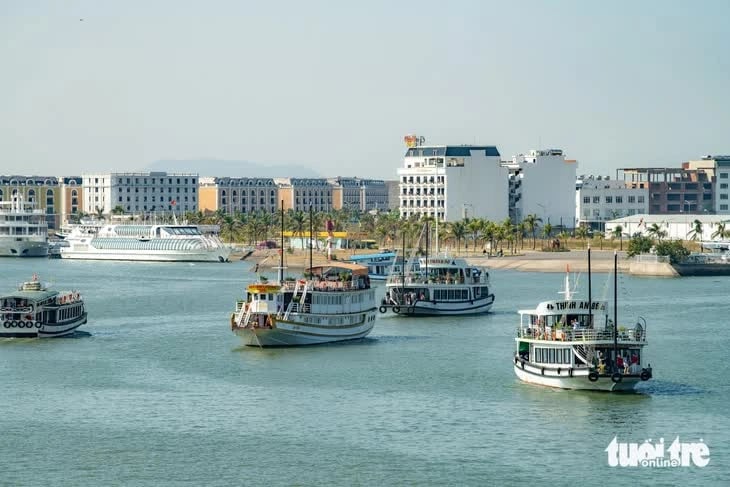
Ha Long, Quang Ninh massively develops resort real estate - Photo: NAM TRAN
Quang Ninh has almost comprehensive advantages: sea, forest, border gate, seaport, airport, mountains, ethnic minority culture, Buddhism. There are few provinces in Vietnam that possess such a rich "tourism resource map". But that does not mean an attractive tourist journey, because there are not enough stories to hold tourists, especially international tourists.
It is not difficult to come across comments such as: "The scenery is beautiful but going once is enough"; "It is all hotels and service complexes, lacking original space"... That is not just a "picky" mentality but reflects a reality: modern tourists - especially international tourists - do not just travel to see the scenery but to live in a different culture.
And what they are looking for, unfortunately, is not a "miniature version" of Dubai, Singapore or Thailand - which have done their job so well. Vietnam can learn from them in terms of organization, but should not repeat the concrete, glass and steel model. What creates the real identity and value are the people, the story, the local character.
Lessons from destinations that "keep their soul but attract visitors"
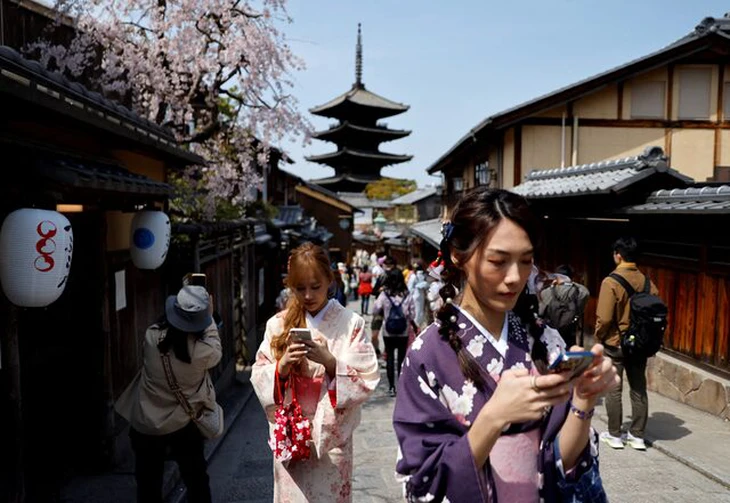
Tourists on a walking street near Kyiomizu in Kyoto, Japan - Photo: Reuters
No need to look far, we can learn right from domestic and foreign destinations.
There are no high-rise buildings in the old town, nor are there any monumental structures, but Hoi An has been a prominent international destination for two decades. Its appeal comes from its quietness, its vivid space of memories and its indigenous character that is completely preserved.
Sapa was once over-concretized, but now it is the villages like Ta Van, Lao Chai, and Ta Phin that attract tourists thanks to community tourism - where experiencing culture, customs, cuisine, and pristine natural space are prioritized.
Kyoto (Japan) is a place where modern development does not overwhelm the heritage. They build their own modern neighborhoods, while temples, old houses, and festivals are kept intact, not "renovated for convenience".
Luang Prabang (Laos) or Ubud (Bali, Indonesia) are places that do not pursue massive urbanization, but know how to tell stories through festivals, folk art, and vibrant cultural spaces, and therefore still attract a large number of high-spending visitors.
Those successful destinations do not trade identity for modernity, but make modernity serve identity.
Suggestion for Quang Ninh: if you want to be sustainable, you have to be different!
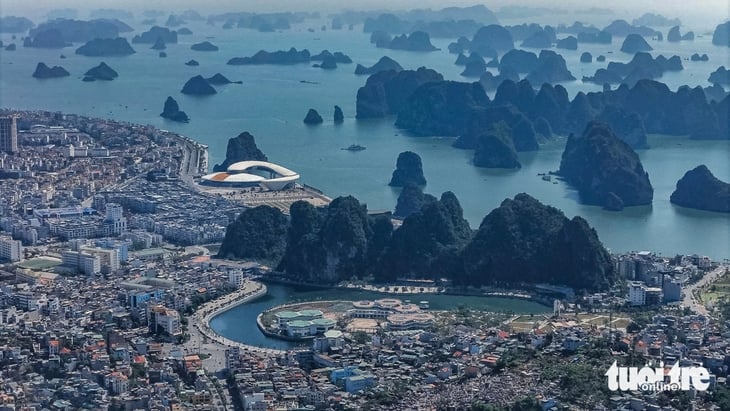
In 2024, Quang Ninh will attract 19 million tourists - Photo: DANH KHANG
To develop tourism in a sustainable and unique direction, Quang Ninh needs to shift its mindset from mass development to selective development, focusing on identity and experience.
First of all, it is necessary to review spatial planning in areas with special landscape values such as Ha Long Bay, Bai Chay or Binh Lieu, minimizing high-rise buildings or architecture that is "out of sync" with the landscape. Instead, encourage architectural models that blend with nature, prioritize green solutions and exploit local materials.
At the same time, the province can promote the development of in-depth tourism products such as "storytelling tours", cultural experiences in ethnic minority communities, spiritual journeys in Yen Tu combined with healing...
Instead of just serving the needs of eating - staying - sightseeing, it is necessary to create real emotions, memories and interactions between tourists and local people.
In terms of management, Quang Ninh should consider applying a set of criteria to evaluate destinations based not only on the number of visitors or revenue, but also on the quality of experience, satisfaction level and the level of preservation of local identity. Investment decisions also need to be carefully selected, avoiding following short-term trends or "copying" models from other places.
Experiences from Hoi An, Sa Pa or international destinations such as Kyoto and Ubud show that a destination that retains its identity, knows how to tell its own story and puts human experience first will always have a solid position - regardless of its size or infrastructure.
With its available potential, Quang Ninh can completely become a model of modern tourism development that is still imbued with Vietnamese culture, if it knows how to choose a sufficiently sober and different strategy.
In global competition, everywhere has beautiful beaches, mountains, and resorts. But only places that retain their soul and uniqueness can make tourists come back and tell their friends.
Quang Ninh has no shortage of advantages, it just needs to slow down a beat to deepen each experience, so that each project is not just a place to live but a part of memory, so that each product is not only beautiful but also touches emotions.
We don't need a Quang Ninh that is "like someone else". We need a Quang Ninh that is special enough that no other place can be like it.
Source: https://tuoitre.vn/khach-tay-den-ha-long-ngu-mot-dem-roi-ve-can-giu-hon-ban-dia-thay-vi-be-tong-hoa-20250609112819449.htm








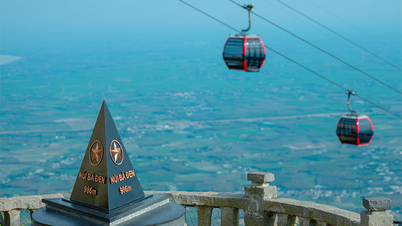

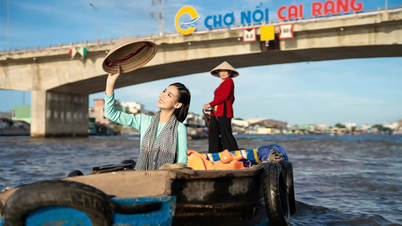
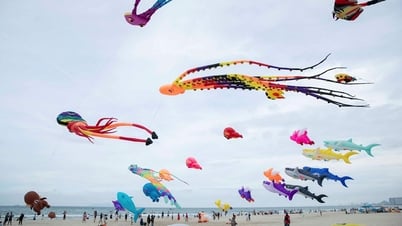

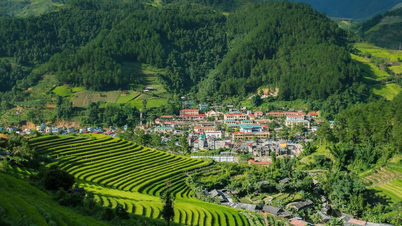
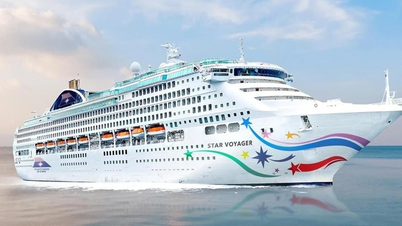

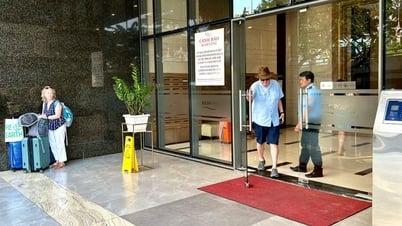





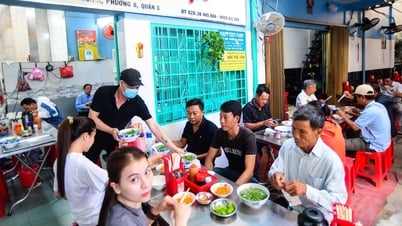

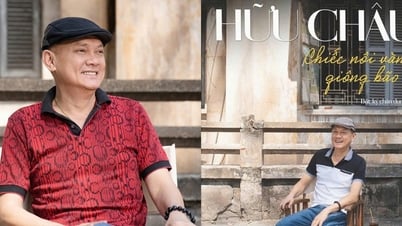





































































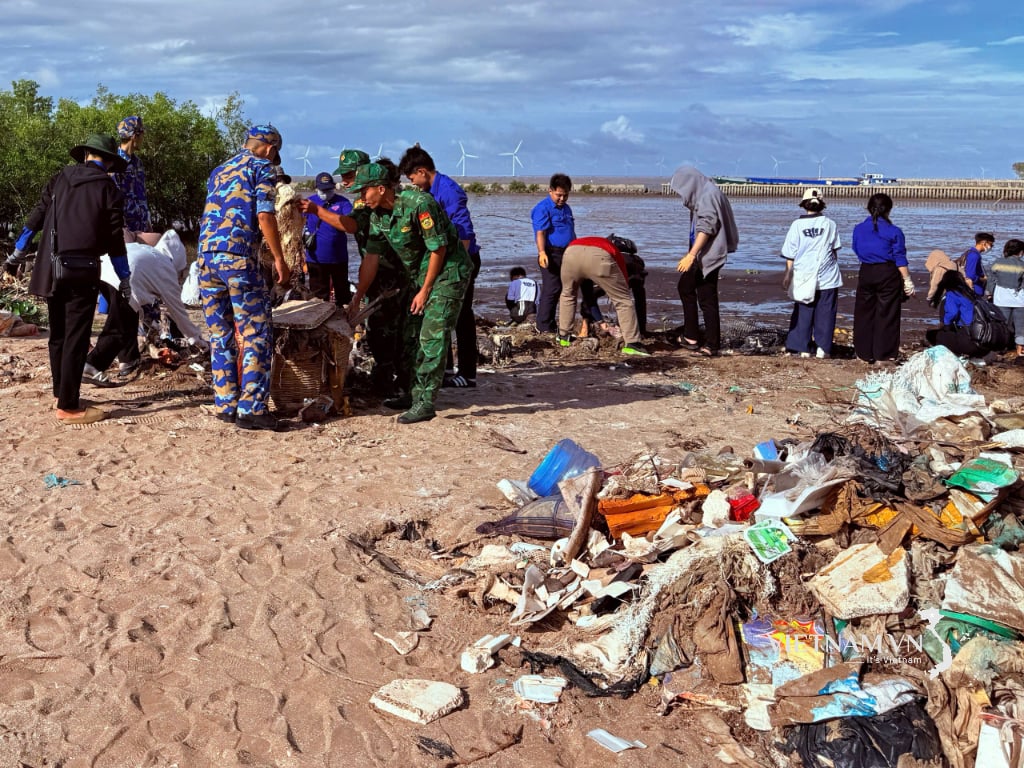



Comment (0)